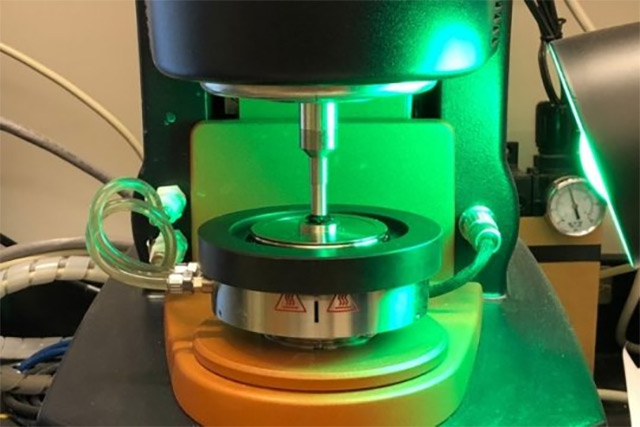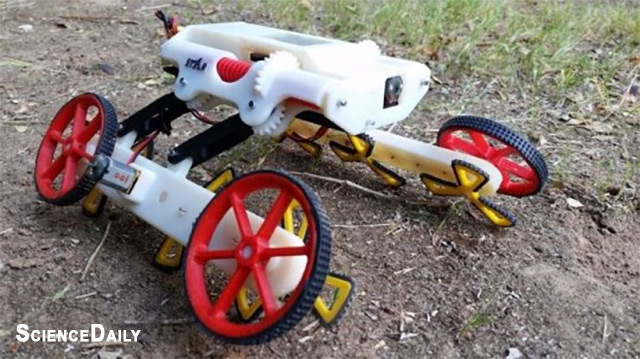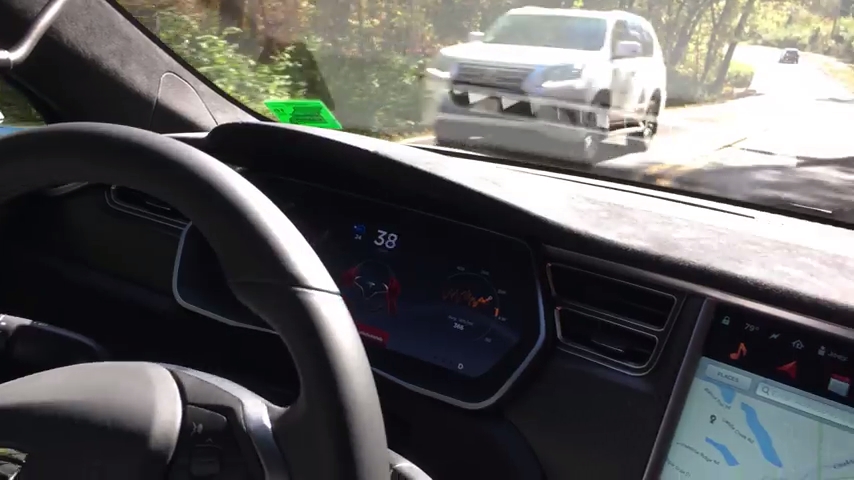First-ever indoor autonomous surveillance drone revealed
10/18/2018 / By Edsel Cook

Surveillance drones were bad enough when they were up in the sky spying on you. Now, tech companies have made the first such drone that is intended to fly indoors to spy on you, an article in The Telegraph stated.
A European consortium recently announced that they are upgrading the first autonomous surveillance drone that can operate inside a building. The new security system was devised by Prosegur, an international security company that secures industrial facilities, shopping centers, and power plants around the world.
The drone can stalk any person around a room on its own. It also transmits live footage of its target to human security guards in the control room.
The consortium improved the drone by giving it the ability to fly back to a landing pad, where it can recharge its batteries. The upgraded security machine can now fly its own patrol routes.
They also gave the drone enough electronic smarts to recognize breaches in the perimeter or unknown individuals. It will immediately alert the security control room before following the intruder.
The improved capabilities of the security drone is the work of German tech company Skysense and Spanish information technology Avansig. The two companies claimed that the mobile drone will be cheaper to operate than the static surveillance cameras they are intended to replace. (Related: Keeping a low profile: How to avoid thermal cameras deployed by the surveillance state.)
New charging pad increases the autonomy of indoor security drone
Prosegur first came up with its indoor surveillance drone in 2015. The security company called the then-new system an evolutionary step for conventional security devices that improved its response time to crises.
At first the drone was only offered to customers in Spain. Prosegur worked to improve the autonomous capabilities of the security system, which was limited by its battery life.
Avansig CEO David Trillo explained that his company needed a partner that specialized in charging technology. Improved recharging time would make the Prosegur drone more capable of independent operation.
Several companies plied Avansig with their wares. Skysense was chosen on the grounds that their solution showed the most maturity. The Skysense-developed charging pad was reported to be simple, reliable, and replenished the battery of the Prosegur drone very quickly.
For its part, Skysense announced that it teamed up with Avansig for the contract with Prosegur. A spokesman for the German company added that demand for airborne drones that can be used indoors was on the rise.
Prosegur was aware of this increasing demand. Its spokesman said that the company offered indoor services as well as the more conventional outdoor services and anti-drone services. He said that the company’s use of surveillance drones set it apart from the competition while also improving the level of security it offers to its customers.
Drones everywhere
2018 is a watershed year for drones. Many big companies have filed patents involving the use of autonomous drones to replace humans in tasks such as delivering mail and products. Drone manufacturers are furiously outdoing each other when it comes to the latest technologies.
Things have gotten so out of hand that the U.K.’s Department of Transportation is considering new regulations for the use of drones in outdoor areas. Police will be able to fine anyone who flies drones in public spaces without a permit. The agency might also ban minors from operating the larger models of drones.
U.K. ministers have already approved new restrictions on drone users. A person who flies a drone near an airport or at high altitudes will get slapped with hefty fines or a five-year jail sentence.
Stay aware of the threats posed by autonomous surveillance drones at PrivacyWatch.news.
Sources include:
Tagged Under: active surveillance, autonomous drones, drones, future tech, privacy, science and technology, security guards, spy drones, surveillance, surveillance devices, surveillance technology

















